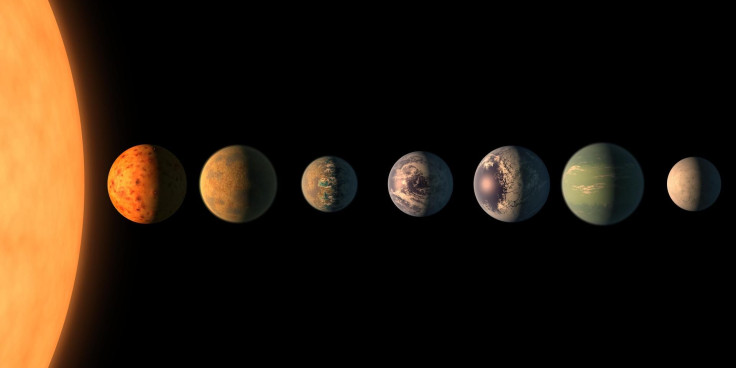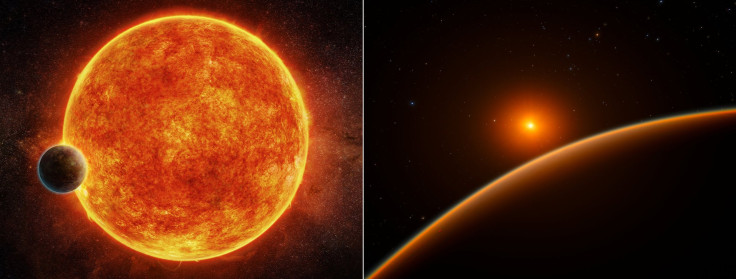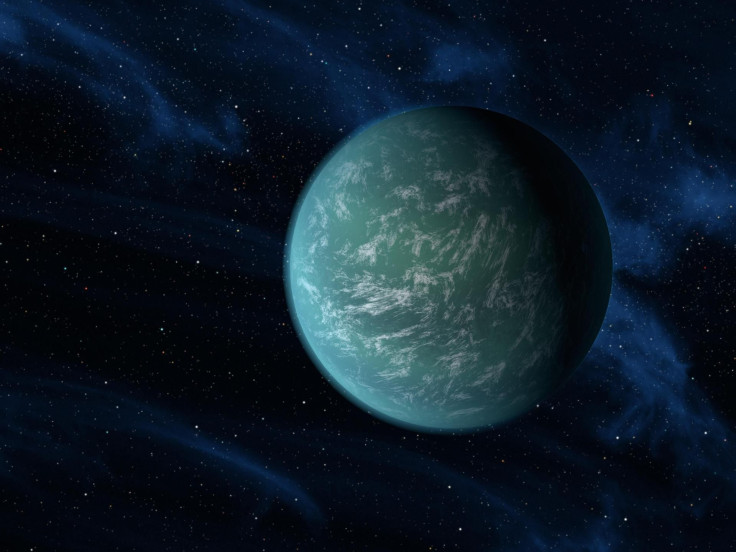6 Planets That Might Support Aliens: Comparing The Coolest Habitable Exoplanets

The universe is practically bursting with stars and planets but some exoplanets are more important than others, particularly when it comes to the prospect of discovering alien life. We are getting closer every day to finding an exoplanet that is harboring extraterrestrials, as evidenced by the recent discovery of LHS 1140b, which has a lot of similarities to Earth and orbits a star that is only 40 light years from us. It hangs within that solar system’s habitable zone, the distance from each star where the temperature is just right to support liquid water, one of the signs our scientists look for when they search for potential alien worlds.
Read: The Closest Aliens Are Probably Swimming, Not Walking
But until we visit these other planets and take a look around, we won’t know for sure. That’s especially since some scientists believe many potentially habitable exoplanets are entirely submerged in water — we would need to go for a scuba dive to find anything alive out there. So when it comes to our best bets for finding the aliens, how does LHS 1140b compare to other habitable exoplanets scientists have found?

LHS 1140b
First, the facts about the most recent exoplanet discovery, LHS 1140b. It’s a rocky planet in that cozy habitable zone that gets about the same amount of energy from its relatively small and cool star as we do from the Sun. Experts say its surface might contain liquid water and the planet might be holding on to an atmosphere, which is not as common as it sounds. It’s also estimated to be about 5 billion years old — that’s a little older than Earth, so life has possibly had enough time to develop.

Kepler-186f
This rocky planet was the first one comparable in size to Earth found within another star’s habitable zone, whereas all the previous discoveries were of much larger orbs. Every 130 days it completes an orbit around a red dwarf that is about half the size of our Sun and about 500 light years away. The Kepler-186 system also has four smaller planets, but they are so close to the star, they would be too hot to support life.
TRAPPIST-1
Earlier this year, scientists announced they had discovered an intriguing solar system of seven rocky planets around the size of Earth orbiting a star together. Three of those planets in the TRAPPIST-1 system, 40 light years away, are within the habitable zone. But all of the planets potentially hold liquid water because the star they orbit is relatively cool — it doesn’t matter that they are all closer to their star than our scorched first planet Mercury is to our Sun.
“The planets also are very close to each other,” NASA said. “If a person were standing on one of the planet’s surface, they could gaze up and potentially see geological features or clouds of neighboring worlds, which would sometimes appear larger than the moon in Earth's sky.”
To make things more interesting, their weather might be crazy because it’s possible the planets orbit in such a way that the same side is constantly facing their star, “therefore each side is either perpetual day or night.”

Kepler-22b
Is the original the best? Kepler-22b was discovered several years ago and was the first planet NASA’s Kepler mission discovered within another star’s habitable zone. Unfortunately, it is 600 light years away. On an average day, Kepler-22b is a comfortable 72 degrees Fahrenheit, and it orbits a star similar to the Sun once every 290 days
See also:
© Copyright IBTimes 2025. All rights reserved.





















